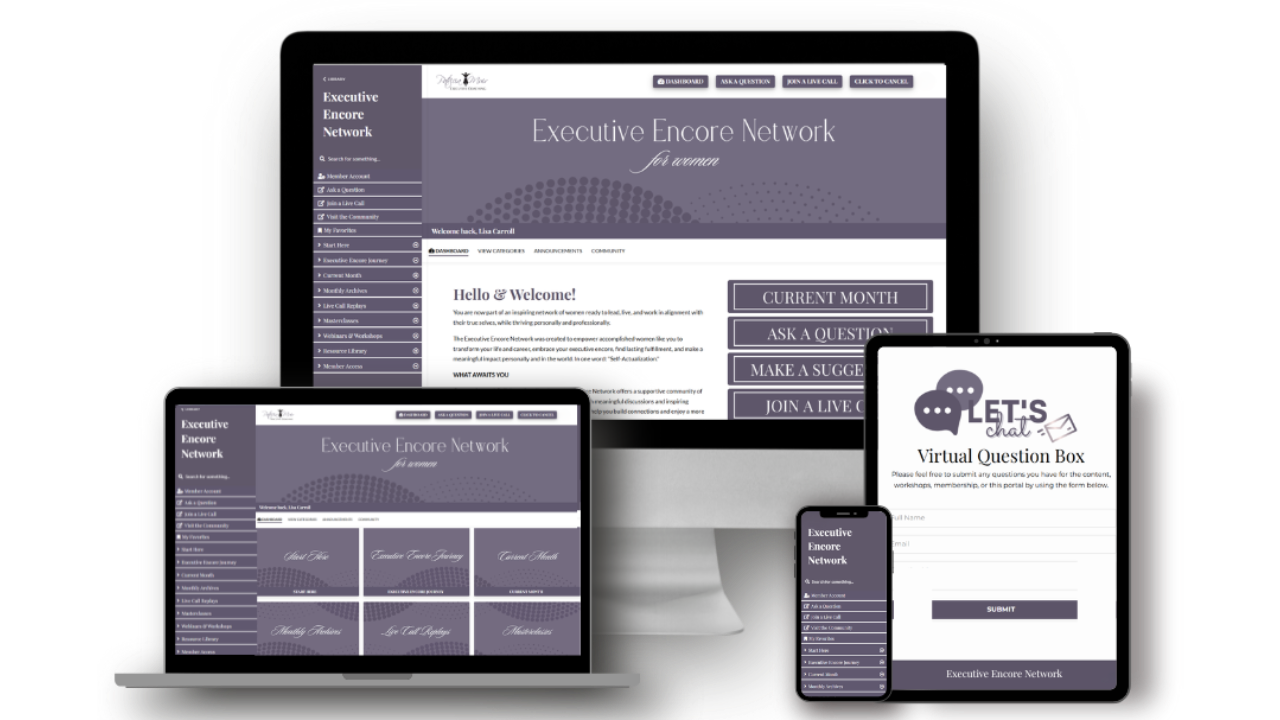
Releasing Traps to Re-energize High-achievers
Aug 31, 2016As an avid reader of Success magazine and follower of its publisher, Darren Hardy, I was drawn to Darren’s webinar “Productivity Secrets of Super-achievers” that was part of the 2013 World Business and Executive Coach Summit preview.
Did you know?
- the average CEO logs about 28 minutes of genuine productivity each day;
- 28% of productive focus is wasted on multi-tasking (switching focus);
- switching your focus causes a 10-point drop in your IQ; and
- recovery from each time you switch focus takes 15 minutes.
Following these statics, Darren shared his concept of bookending the day: a formulated routine at the beginning and end of each day to get control of your attention.
- The morning bookend includes inspirational activities and calibration (review) of long-term objectives and most valuable priorities (MVPs) followed by a 90-minute sprint working on your #1 MVP.
- The evening bookend includes a review of the day, prep for the following day, choosing your #1 MVP for the next day, and closing with an inspirational activity like journaling or reading (no NEWS).
Like other great concepts, bookending is simple, but not easy. It needs to become routine and automatic just like brushing your teeth. When the practice becomes automatic it frees up physical, mental, and emotional energy. The concept is ideal for re-energizing high-achievers, encouraging periods of discipline followed by intermittent recovery to increase productivity and satisfaction of accomplishing what’s most important! I’ve added bookending to my daily practice and it's working. Read more about re-energizing your high-achievers in the following feature article.
Releasing Traps to Re-energize High Achievers
Following up on the last article, Releasing the Traps That Cripple Star Performers, this article concludes the 6-step plan for helping high-achievers come off their plateaus and re-energize their careers. Before moving forward, let’s revisit the first two steps:
- Forget the past: past achievements – and failures – to concentrate on what's needed next.
- Develop and use a support network: a support network of peers, mentors, and a coach. Being willing to ask for feedback can put high-achievers in touch with recurrent themes about what’s working, what’s not working, and what needs to change.
Further to the second step, before people will help with honest and valuable feedback, high-achievers need to create trust. That’s where the following steps come into the plan for your high-achievers.
Become approachable in a high-achiever way: Asking questions does not imply ignorance as long as the questions are phrased correctly. High-achievers need to learn how to ask questions. We all need to explore different perspectives and learn more about others’ opinions and thoughts. Acknowledging uncertainty and being open to sharing missteps reveals our human side. When we are more willing to show our human side, we become more approachable and trustworthy. Opening up to others with sincere intention to learn, sends a powerful message. Others will reciprocate with their own stories, and will be more willing to help.
Focus on the long term, but concentrate on next steps: Long-term success requires a willingness to take short-term risks. Fear of failure or fear of appearing inept can stop high-achievers from taking chances. They must be willing to leave their comfort zone to complete the new tasks required for changing career demands. Long-term goals can withstand minor setbacks. Encourage your high-achievers to look at the big picture, and give themselves the necessary latitude to make a few missteps along the way.
Adopt a positive mindset: Recent studies reveal that a happy positive mindset is a prerequisite for success — not a by-product. When we approach a project by focusing on what’s good about it, we set ourselves up for great results. By framing an assignment as a challenge instead of a problem, high-achievers are better able to think calmly and creatively. When given extra work, we all have two choices: feel put upon and overloaded, or take satisfaction in knowing we are trusted to get the job done. Encourage and empower a positive mindset culture by modelling a positive mindset yourself. During a time of incredible change and uncertainty, this particular leadership behaviour is critical in the workplace and in our communities.
Embrace humility, practice, patience, and mastery: Doing something thing “not so well” is painful at first, but well worth the effort. Practice and patience is the foundation for growth and mastery. The real satisfaction comes from working through challenges in order to really master a behaviour, skill, or task. Mindless routine and easy success can be a set-up up for stagnation, boredom, and dissatisfaction.
Help your high-achievers move their game to the next level or in a new direction. Encourage them to be willing to exhibit vulnerability and even humility. People in general, high-achievers in particular, often hesitate showing their human side for fear people will see them as weak or incompetent. Au contraire, to not share mistakes and missteps carries the risk of coming across as an arrogant know-it-all. Not at all approachable or trustworthy.
Professional growth takes practice and patience. Provide opportunities for your high-achievers to move beyond their comfort zone and enjoy success at a new level.
For more about these steps, I suggest the book Flying without a Net: Turn Fear of Change into Fuel for Success, by Thomas J. Delong, Harvard Business Review Press, 2011.
Next Steps
You don’t need to navigate your Executive Encore alone. Discover a better way to take charge of your experience.
- Schedule a 30-Minute Complimentary Executive Encore Call.
Ready to elevate your encore chapter?
- Join the Executive Encore Network for Women, a membership and community of supportive women ready to inspire and uplift. Subscribe to the Sunday Encore to begin your Executive Encore Journey and register for the next Tour to learn more.


